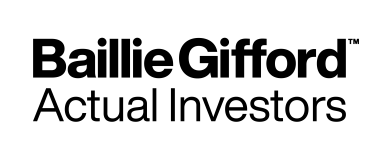Corporate bonds are loans issued by companies and funded by investors. In exchange for your capital, companies pay pre-agreed interest payments at regular intervals, and eventually repay the capital at a specified future date. The fixed nature of their interest payments makes corporate bonds particularly attractive for investors who are looking to supplement an existing income stream.
In general, if a company is considered to be financially secure, it can attract investors with a relatively low interest rate. In contrast, a less secure company might need to offer a higher level of interest in order to compensate investors for the greater risk that the company might default on its payments. To give investors an idea of this risk, most corporate bonds receive ratings from independent agencies such as Standard & Poor’s or Moody’s. These ratings reflect a company's ability to meet its liabilities, and therefore they influence the rate of interest on offer. The ratings divide the market into two key sections: investment grade and sub-investment grade.
Investment-grade bonds are issued by high-quality, financially secure companies, and are therefore considered to carry the lowest level of risk within the asset class. In comparison, sub-investment-grade bonds carry a greater risk of default and therefore offer more attractive interest rates to tempt investors. Sub-investment-grade bonds are also known as “high yield” bonds or “junk” bonds, reflecting not only the relatively high interest rates they offer, but also their increased risk of default.







